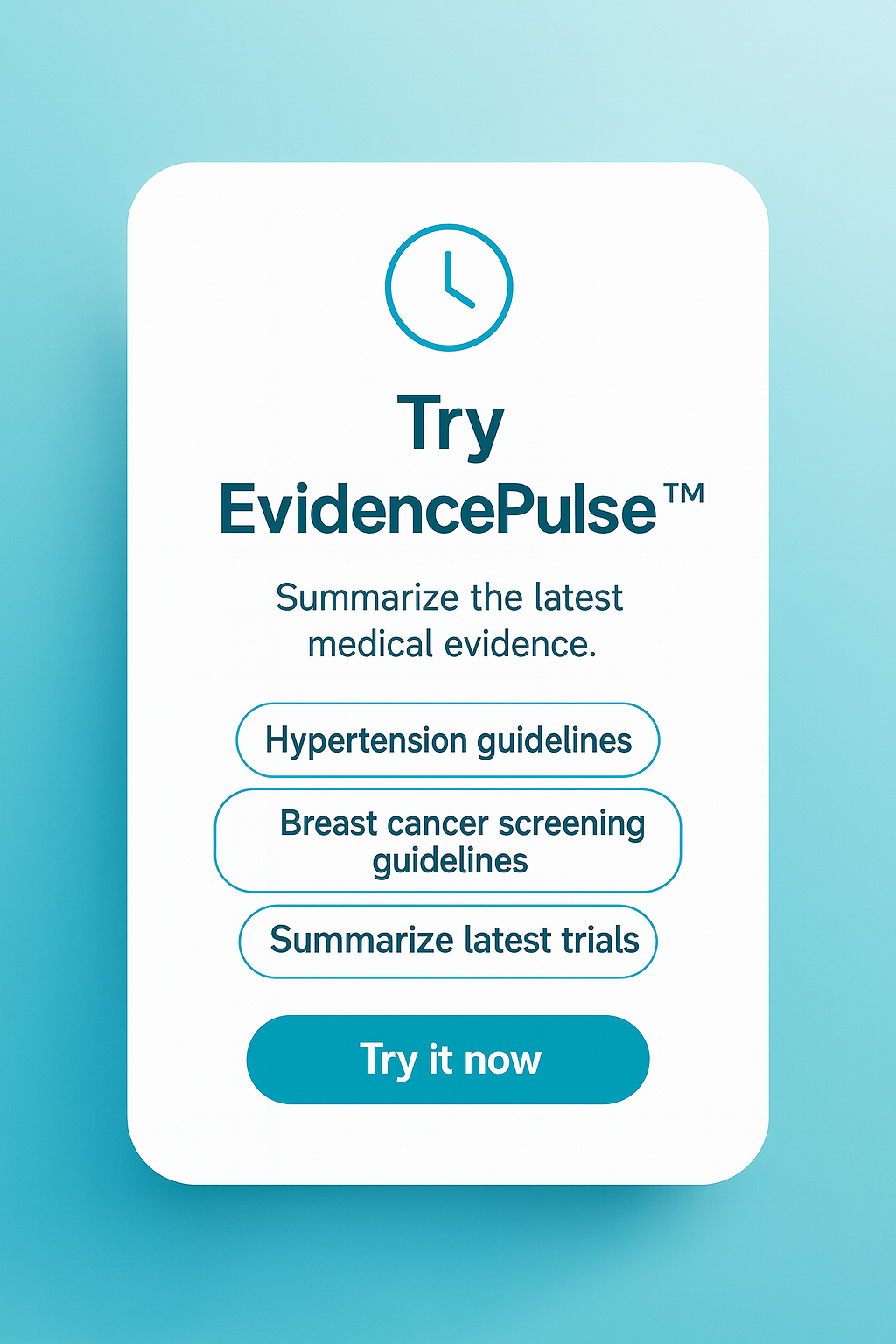Odds Ratio (OR): Definition, Formula, Examples & Calculator
What Is an Odds Ratio—and Why It Matters in Medicine
An Odds Ratio (OR) is a vital statistical tool in medical research. It measures the strength of association between an exposure (like a medical treatment or risk factor) and an outcome (such as a disease).
Enter values to calculate Odds Ratio:
| Exposed & Diseased (n11): | |
| Exposed & Healthy (n10): | |
| Unexposed & Diseased (n01): | |
| Unexposed & Healthy (n00): |
What Is an Odds Ratio?
At its simplest, the odds ratio is the ratio of the odds of an event occurring in one group compared to another. It’s calculated as:
Here, p₁ is the probability of the event in the first group, and p₂ is the probability in the comparison group.
Interpreting the Odds Ratio
-
OR = 1: No association between exposure and outcome.
-
OR > 1: Greater odds of the outcome with exposure.
-
OR < 1: Lesser odds of the outcome with exposure.
For example, an OR of 2 suggests the exposure doubles the odds of the outcome—not the risk.
Odds Ratio vs. Relative Risk
The Relative Risk (RR) compares probabilities directly, not odds. Although easier to interpret, RR often cannot be calculated in case-control studies. OR approximates RR when the outcome is rare—known as the “rare disease assumption.”
When outcomes are common, OR can overestimate the magnitude of effect compared to RR.
Why Odds Ratios Matter in Research
Odds ratios are commonly used in logistic regression—notably in epidemiology, clinical trials, and case-control studies. The OR remains mathematically stable under non-random or stratified sampling, a property called invariance.
A Simple Example
Imagine a study comparing disease occurrence:
| Group | Diseased | Healthy | Odds (diseased vs. healthy) |
|---|---|---|---|
| Exposed | 20 | 380 | 20/380 = 0.0526 |
| Unexposed | 6 | 594 | 6/594 ≈ 0.0101 |
The odds ratio is:
This implies the exposed group has over 5 times higher odds of disease than the unexposed group.
Key Points to Remember
-
Use OR when relative risk isn’t calculable (e.g., in retrospective case-control studies).
-
Always be cautious interpreting OR directly as risk—it can exaggerate effects when outcomes are common.
-
Emphasize whether findings reflect odds, not probabilities.
Closing Summary
An Odds Ratio offers a powerful way to express how exposure and outcome relate, particularly in research settings where risk ratios can’t be estimated. But always interpret it in context—especially regarding outcome prevalence and study design.






![2MM: AI Roundup- AI Cancer Test, Smarter Hospitals, Faster Drug Discovery, and Mental Health Tech [May 2nd, 2025]](https://www.2minutemedicine.com/wp-content/uploads/2025/05/Untitled-design-75x75.png)


